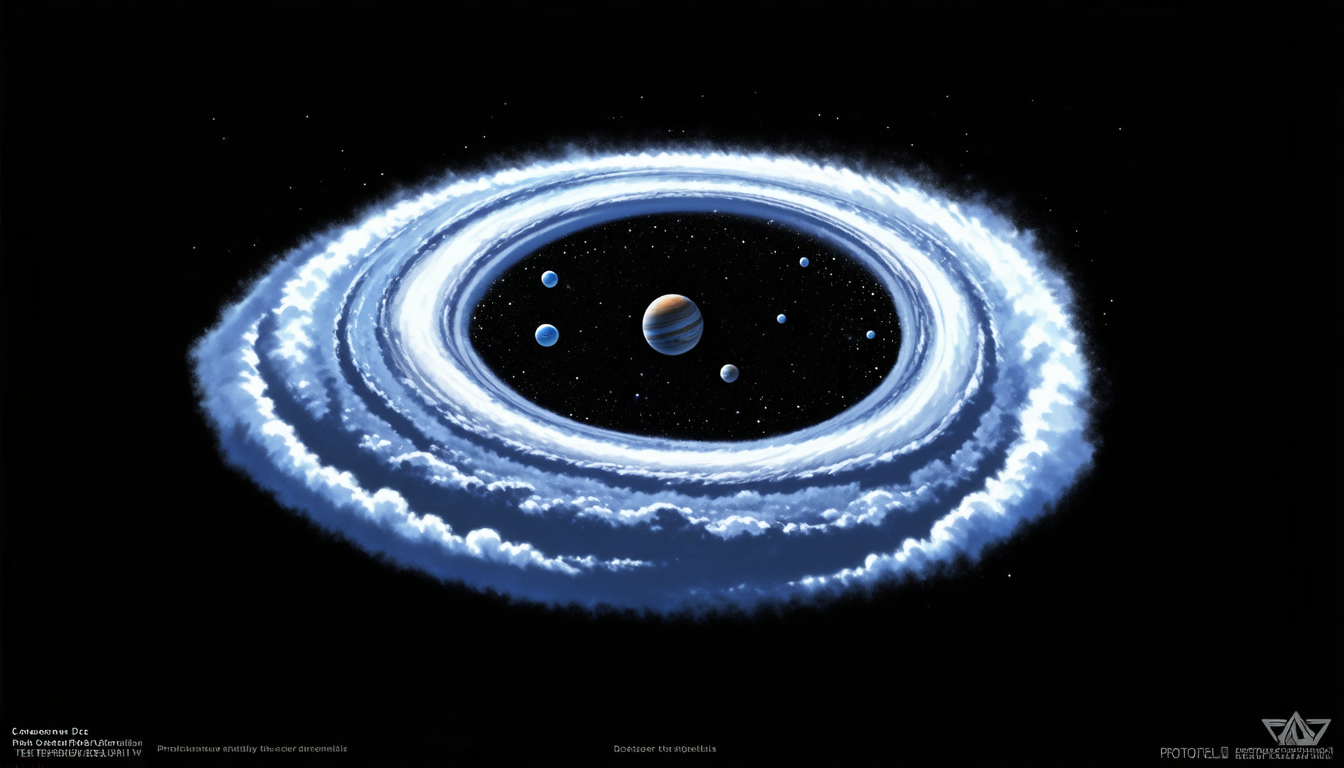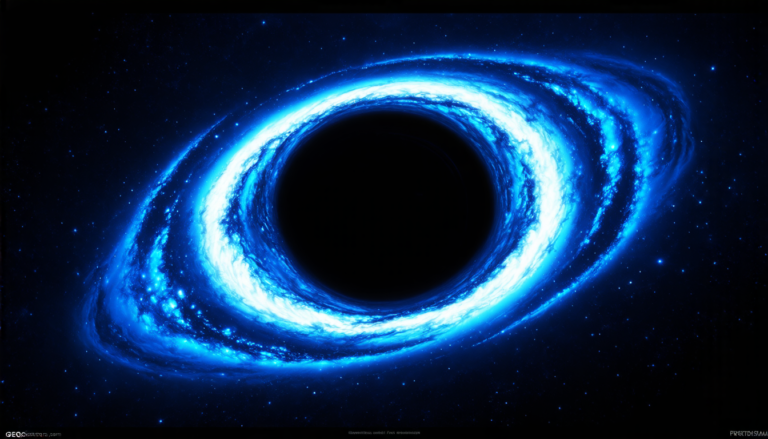Thursday 29 May 2025
A new study has shed light on a long-standing puzzle in the field of planet formation: how do solid particles in protostellar discs manage to grow large enough to form planetary cores? The answer lies in the presence of self-gravitating spirals, which can enhance the concentration of dust and debris, allowing it to coalesce into larger bodies.
Protostellar discs are massive rotating disks of gas and dust that surround newly formed stars. Within these discs, solid particles like dust and rocks collide and stick together, growing larger over time. However, there’s a problem: as these particles grow, they also become more susceptible to being swept up by the surrounding gas, effectively stopping their growth.
Enter self-gravitating spirals, which are density waves that form within the disc due to its rotation and gravity. These spirals can concentrate the solid particles in the disc, allowing them to grow larger and more massive than would otherwise be possible. In fact, simulations suggest that these spirals can enhance the local concentration of dust by as much as an order of magnitude.
The key to this process is the presence of particles with Stokes numbers near unity – a measure of how well a particle responds to the surrounding gas. These particles are able to grow large enough to be affected by gravity, but small enough to still be influenced by the surrounding gas. It’s in these regions that the self-gravitating spirals can have their greatest impact.
The implications of this research are significant. If confirmed, it could provide a new pathway for planet formation, one that doesn’t rely on the traditional core accretion mechanism. Instead, planetary cores could form directly from the concentration of solid particles within self-gravitating spirals. This could also help explain the observed diversity of exoplanet sizes and compositions.
But there’s still much to be learned. The study highlights the need for further research into the role of self-gravitating spirals in planet formation, as well as the conditions under which they form. It also raises questions about the long-term stability of these spirals and how they might interact with other processes within the disc.
Despite these uncertainties, the findings offer a promising new avenue of investigation for scientists seeking to understand the mysteries of planet formation. By exploring the complex interplay between gravity, gas, and dust in protostellar discs, we may finally uncover the secrets of how our own solar system came to be.
Cite this article: “Spirals of Planet Formation: A New Pathway for Core Accretion”, The Science Archive, 2025.
Planet Formation, Protostellar Discs, Self-Gravitating Spirals, Dust Particles, Stokes Numbers, Gravity, Gas, Planet Cores, Exoplanets, Solar System.







